Samsung NX210 review
The Samsung NX210 is the successor to the NX200, bring new Wi-Fi connectivity
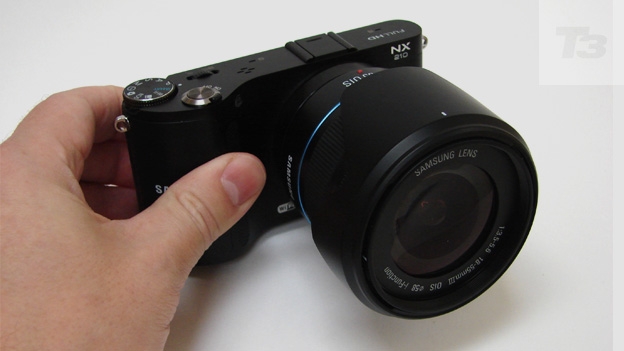
-
+
Metal body construction
-
+
Large image sensor
-
+
Crisp AMOLED screen
-
-
No built-in stabiliser
-
-
No built-in viewfinder
-
-
Too similar to the NX1000
Why you can trust T3

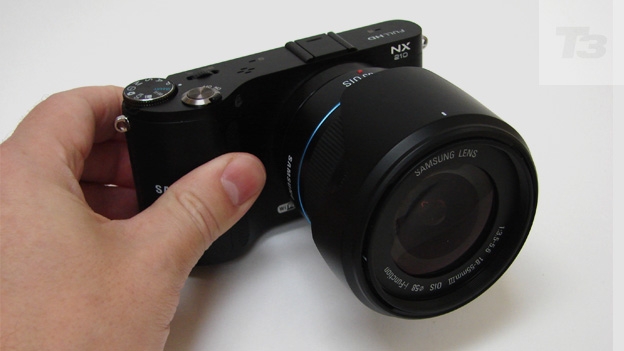
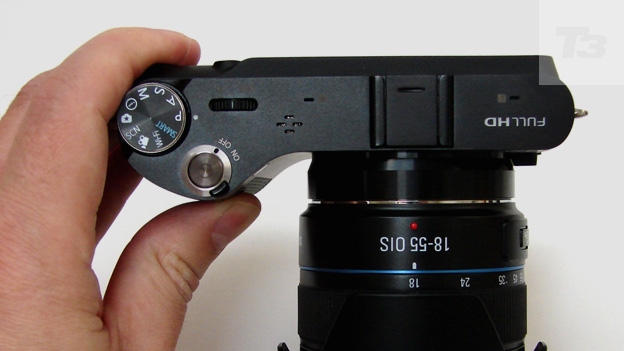
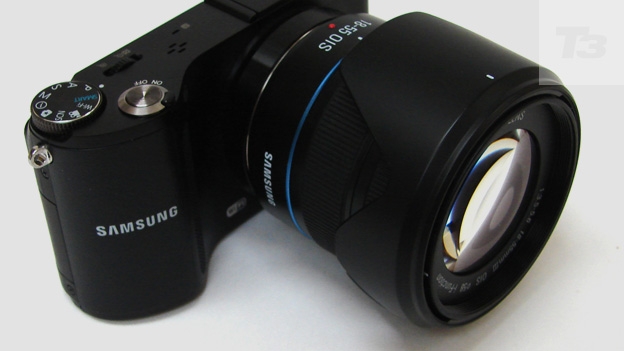
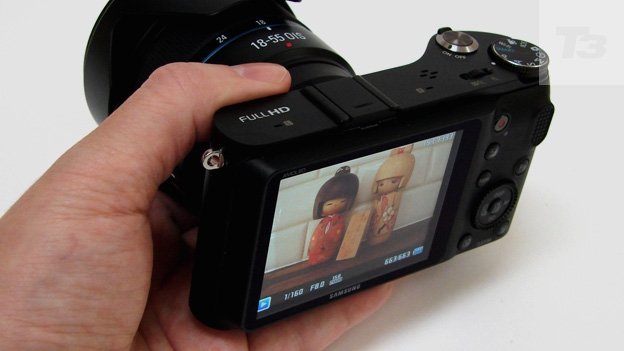
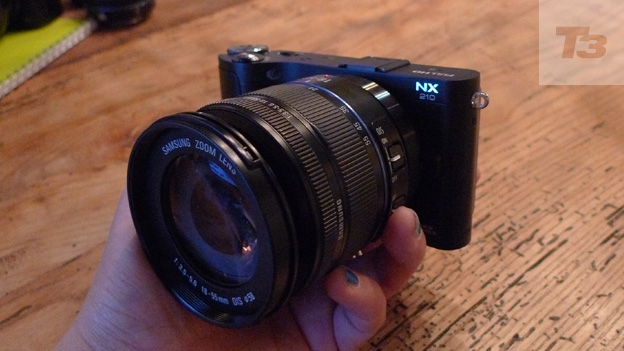
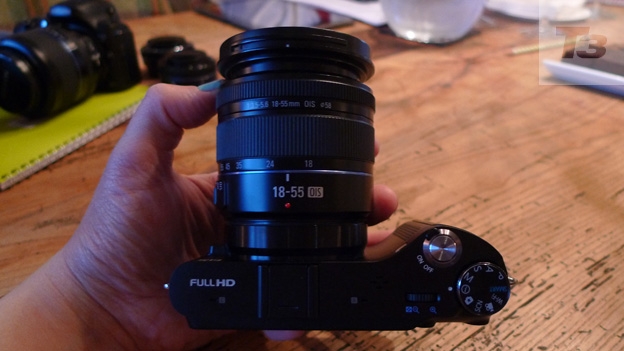
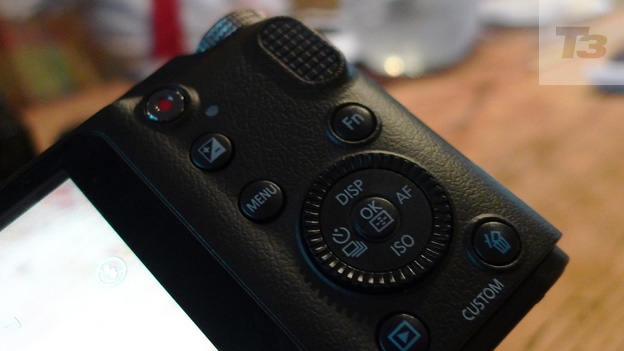
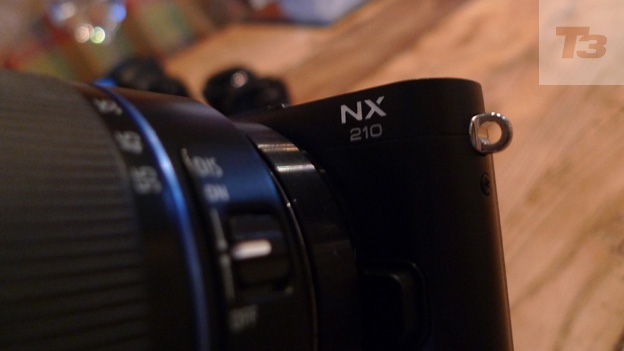
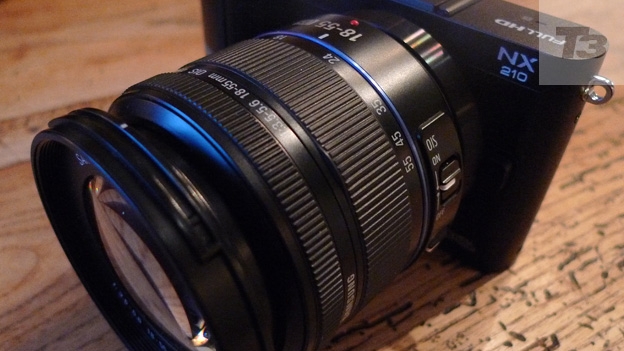
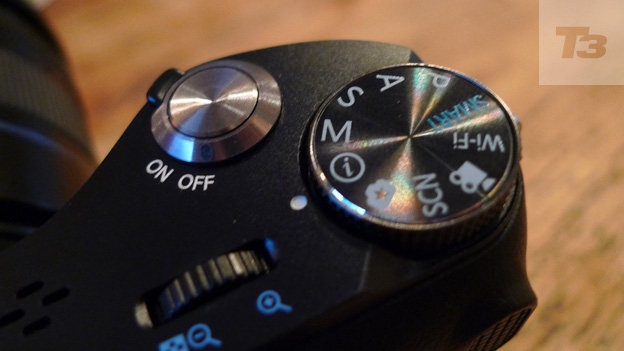
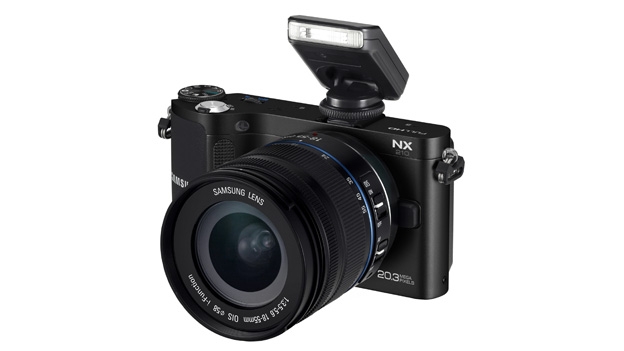
One third of the brand's alternatives to a DSLR, the Samsung NX210 compact system camera brings a 3-inch AMOLED screen to the party
Positioned dead centre of Samsung's latest trio of compact system cameras (CSCs), the Samsung NX210 has been shoehorned between the good value, entry-level Samsung NX1000 and the range-topping DSLR-styled Samsung NX20.
Closer in design and layout to the NX1000, as with both its siblings, the NX210 is Wi-Fi enabled, for both the downloading and the sharing of images - with the ability to sync it up with a smartphone.
More important to enthusiast photographers perhaps is that it incorporates an APS-C sized sensor, offering up to 20.3 megapixel photos and 1920x1080 pixels Full HD video clips.
That's one of the largest stills resolutions for this type of camera on the market, save for the 24MP Sony NEX-7, while the Samsung's sensor dimensions are a match for those found in digital SLRs. It follows then that picture quality should, theoretically, be a close match.
In fact the APS-C chip plus wireless connectivity aspects pitch it into direct battle with the newer Sony NEX-5R and NEX-6 system cameras. A further competitor is the Canon EOS M, which has the same type of sensor but omits wireless connectivity.
The NX210 with the 18-55mm 'iFunction' kit zoom offered to us for testing was originally being advertised online for £665, though at the time of writing others were selling it for £499.
Added to this, until 9 January, 2013, all three Samsung NX cameras were being offered with a free Samsung Galaxy Tab 2, which may just tip the 'value' balance in its favour. So how does the actual camera measure up as a viable alternative to a Sony NEX or Canon EOS M?
Samsung NX210: Controls
Of very similar proportions to the previously reviewed NX1000, the NX210 comes with a metal rather than plastic build and a slightly smaller shooting mode dial; plus it's finished in no-nonsense black.
The above indicates that Samsung has the enthusiast photographer more in mind this time around rather than the absolute beginner. Like the NX1000 there's a gently curved handgrip for a steadier hold at longer focal lengths - which is a feature largely missing from the competing EOS M - and is a boon when using a bigger zoom.
As with the other models in the Samsung NX range, users can do more than 'just' zoom or focus with a twist of the iFunction lens barrel however. Hold down the 'iFn' button and selected camera functions, such as the size of the AF area and exposure compensation (+/- 3EV), can be adjusted into the bargain.
While this doesn't feel an essential feature, it does help set the NX system apart from the alphabetically similar NEX from Sony.
The top plate shooting mode dial meanwhile offers the full complement of manual controls alongside fully automated point and shoot 'Smart' shooting options. Wi-Fi gets its own setting, as does video and the standard scene modes.
A range of on-board filter effects is also located via the same dial; we get the familiar fisheye and tilt and shift lens-copying 'miniature' options sitting alongside the less widely seen likes of a half tone dot effect that provides images with the look of a printed American comic strip.
The last option found on the dial, denoted by a quizzical 'I', is the lens priority mode. Select this to siphon even more functionality from the camera, in tandem with a press of the iFunction lens button, such as being able to scroll through all scene modes and effects modes when presented in one long strip at the bottom of the back screen.
Samsung NX210: Screen
The Samsung differs from its NX1000 little brother not only in that slightly more serious styling, but also via it fielding a 3-inch, 614k-dot resolution AMOLED screen at the rear, rather than that less expensive model's plain old LCD.
This means this time around we get a more life-like image relayed by the rear monitor, thanks to it boasting better contrast and deeper blacks, while there appears to be no image lag as you pan through a scene.
It isn't a touch screen though, as found on the Samsung Galaxy Camera, and there's still no eye-level electronic viewfinder - look to the flagship NX20 model for that.
In addition the back screen here cannot be tilted, as it can on the NX20 and an increasing number of CSC rivals, such as the Olympus E-PL5, to take one similarly priced example. Still, the clarity of the screen on the Samsung was such that otherwise we had few grumbles during day-to-day operation.
Samsung NX210: Battery
The bundled BP1030 rechargeable lithium ion battery is good here for up to 320 shots when fully charged and slotted into place at the base of the NX210's handgrip, which is not bad at all in terms of performance duration and comparable with others in its price bracket. Even those cameras around the £1000 mark, such as the equally new Fujifilm X-E1, can 'only' manage up to 350.
Samsung NX210: Image quality
Offering Full HD 1920x1080 pixels resolution, video recording commences with a press of the now obligatory red record button top right of the backplate, the NX210's auto focus adjusts automatically if you change framing mid filming.
This means your shot goes momentarily blurred before drifting back towards a clear image, which is in one respect less of a jolt for the viewer than suddenly snapping back into focus. Since the zoom here is manually adjusted, some practice is required to achieve smooth transitions if framing is altered mid flow.
In terms of stills, the NX210 offers up similar if not exactly the same quality results as those we achieved with the NX1000. Which means that for most of us wanting to step up from an ordinary point and shoot, pictures will be a distinct improvement in terms of detail and creative scope, if falling slightly short of the level of detail and scope achievable with an actual digital SLR.
Samsung NX210: Verdict
With the NX20 model pitched firmly at photo enthusiasts via its DSLR-like build, tilting screen and integral viewfinder, and the NX1000 ably aimed at those upgrading from a compact for the first time who aren't bothered about either of those attributes, the 20.3 megapixel resolution, APS-C sensor incorporating NX210 feels slightly bereft of a strong reason for existing.
Its core feature set and to a lesser extent its control layout and handling feels very similar indeed to the NX1000, save for a few extra buttons and the AMOLED screen, which is nice to have but not convincingly worth the extra £70 spend (if taking the NX1000's current £429 street price into account) in our opinion.
Viewed standalone, the NX210 is a very capable contender when it comes to delivering detail-rich and colourful stills and video, and the Wi-Fi connectivity aspect is a bonus for social media junkies, but it does rather come across as filling an imaginary gap in Samsung's line up and an attempt at grabbing greater market share than offering anything especially innovative in its own right.
Samsung NX210 release date: Available now
Samsung NX210 price: £665 with 18-55mm zoom lens
Sign up to the T3 newsletter for smarter living straight to your inbox
Get all the latest news, reviews, deals and buying guides on gorgeous tech, home and active products from the T3 experts
Gavin Stoker has been writing about photography and technology for the past 20 years. He currently edits the trade magazine British Photographic Industry News - BPI News for short - which is a member of TIPA, the international Technical Imaging Press Association.
-
 Polar’s new subscription feature lands in the shadow of Garmin’s Connect+ rollout
Polar’s new subscription feature lands in the shadow of Garmin’s Connect+ rolloutPR genius or timing disaster? Polar’s new Fitness Programme adds adaptive training to its ecosystem
By Matt Kollat Published
-
 New Orient Star watches offer a glimpse of the magic within
New Orient Star watches offer a glimpse of the magic withinThere are two new skeleton pieces
By Sam Cross Published
-
 Netflix's most surprising 100%-rated sci-fi series returns with gorgeous trailer
Netflix's most surprising 100%-rated sci-fi series returns with gorgeous trailerLove Death + Robots is back for more
By Max Freeman-Mills Published